The opening gambit at the Hong Kong Arts Festival’s Contemporary Dance Series this year is a piece titled Battle Zone in which four young men – two trained primarily in Chinese dance and contemporary dance, and two in street dance – engage each other in various twists on a traditional b-boy battle.
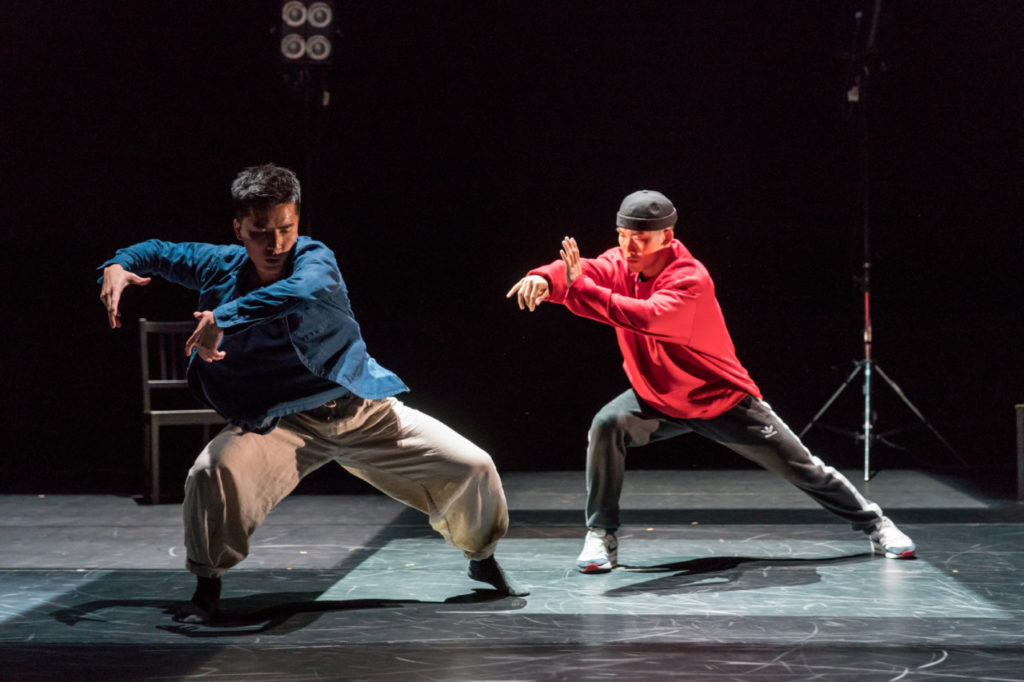
Kenny Leung (L) and Yip Chan (R) in their BATTLE ZONE (Photo: Cheung Wai-lok)
The socks-clad contingent of Kenny Leung (co-choreographer) and Henry Shum, and the trainers contingent of Yip Chan (co-choreographer) and Kaspy Ma, mix it up in arenas onstage defined by shifting pools of light (the work of Timmy Cheung) and a soundscape, by collaborator Peter Lenaerts, that feel alternatively claustrophobic and liberating.
Bringing street dance into the theatre and fusing it with other dance styles is not new, and some of the most interesting work, like that of the Brazilian Ritmos Family and London’s BirdGang, tell compelling stories.
In contrast, Battle Zone explores how each dancer culls movement to make it his own and how he uses it to claim space, shape space and protect space.
The preoccupation with space as a precious commodity is nowhere more intense than in Hong Kong, where the vast majority live in quarters that seem unimaginably tight to some. In the explosive movements that the restless Ma so impressively exploits, thrusting and jabbing at right angles, we see him demolishing walls and erecting new ones. Shum, on the other hand, seems constrained by vertical space, launching himself into heart-stopping spiraling air twists very close to the ground – as if drilling into a mountainside to make more space. Leung appears to reject the slim territory available to him on earth; he floats in air and dives into water with a poetic grace. Chan shares Leung’s lightness of movement but channels it into a more brittle and rapid-fire vocabulary.

Yip Chan, Kenny Leung and Henry Shum in BATTLE ZONE (Photo: Cheung Wai-lok)
The dancers occasionally move as one, but mostly they are rugged individualists; when they do interact, it is in the form of a negotiation – sometimes fraught, sometimes peace-making. Or they engage in a shared construction job involving invisible machinery. At one point, three of the men move in unison as if clearing a field with invisible machetes, while the fourth looks on.
This episode instantly evoked a scene in Christian Spuck’s Anna Karenina for Ballett Zürich, which was running simultaneously at the Grand Theatre next door. In that scene, compassionate landowner Konstantin Levin attempts to join the peasants who are mowing his fields with scythes. They deride his efforts, but he does not give up, and they soon come to accept him. Both movement and industrial soundtrack closely mirror the episode in Battle Zone described above. This juxtaposition of classical and street underscores their common ground, their perspective on dance as ‘battle.’ This can be a cordial competition or an outright conflict between dancers, even in the push-pull of a romantic pas de deux. It can also be a class struggle that ends in entente – as with Levin and his serfs – or in revolution.
Big-city ballet critics are on a mission to scout and christen the heirs apparent to George Balanchine, Kenneth MacMillan and Frederick Ashton, who propelled the ballet of Imperial Russia into the 20th century. Street dance is the lever that can catapult it into the 21st. And since we don’t expect the big-city critics to hang out on street corners smoking out the next battle, we need to keep sending the Kenny Leungs and Yip Chans of the world into the theatre.
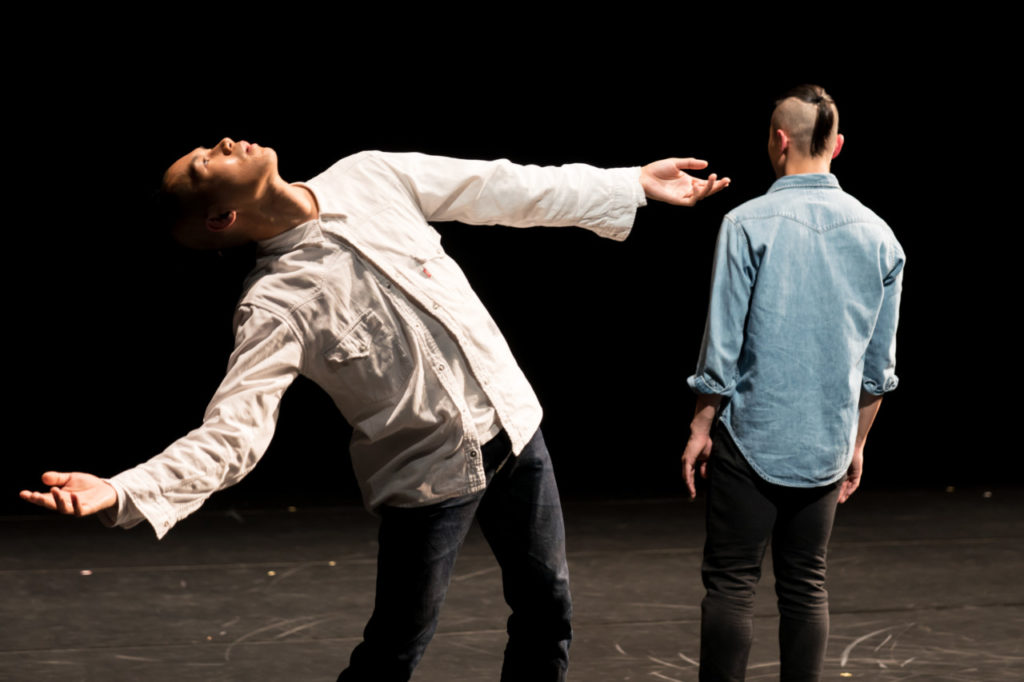
Wayson Poon and Lo King-san in Poon’s VORTEX (Photo: Cheung Wai-lok)
Battle Zone was paired with Vortex, a work by Wayson Poon for himself and Lo King-san, in which the pair drifts apart then together at a glacial pace and with a movement quality that is serene, almost meditative, and yet windblown and intense. The two men never actually make contact, though at times they are just inches apart, staring into each other’s eyes. They occasionally speak of each other in halting phrases that convey tenderness and intimacy but avoid conversation. The barely-there soundtrack by Peter Lenaerts reinforces the ardent yet tenuous connection between these two men.

Waysoon Poon and Lo King-san in VORTEX (Photo: Cheung Wai-lok)
This is a piece that never stops moving but because the movement is so slow it feels shrouded in stillness. In contrast, the feverish activity in Battle Zone is punctuated by many moments of stillness. Taken together, the two works prod us to find the movement in stillness and the stillness in movement, equally heroic in their slow, finely controlled shifts in body weight and in their space-conquering missions.
– The Hong Kong Jockey Club Contemporary Dance Series continues at the Hong Kong Arts Festival through Mar. 25, 2018, with mixed programs that feature more local choreographers. Click here for tickets and more information. –


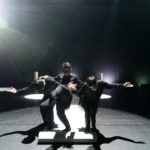
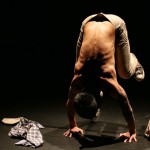

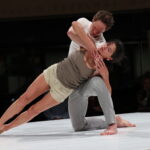
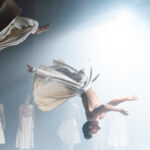
I saw these works, and the writer has great insights. There is plenty of room for this type of critical appreciation of Hong Kong works, in English, to be published in HK! We certainly would welcome them at dance journal/hk.
Much appreciated! And thank you for alerting me to the Dance Journal/HK, of which I wasn’t aware. I’ve just subscribed to your newsletter. – Carla
Pingback: Strangling time, at the Guggenheim | Ballet To The People